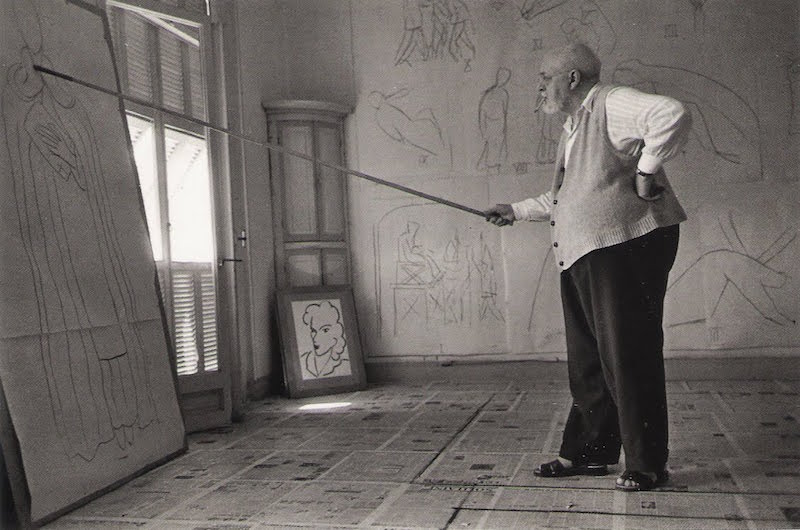Henri Matisse
Episode #5 of the course “Prominent artists of Modern Art”
Henri Matisse was considered radically Impressionistic when his work was first exhibited. His painting style combined pointillism and intense color with changes in perspective and form and came to be known as “Fauvism.” More representational and expressive than realistic, Matisse’s Fauvism shocked crowds with the rawness of his subject material. Born in a small French town in 1869, Matisse fell in love with art while bedridden with appendicitis. He quit his job as a legal clerk and enrolled at the Academie Julian in 1891 to study painting. While learning the classical basics, he excelled at landscapes.
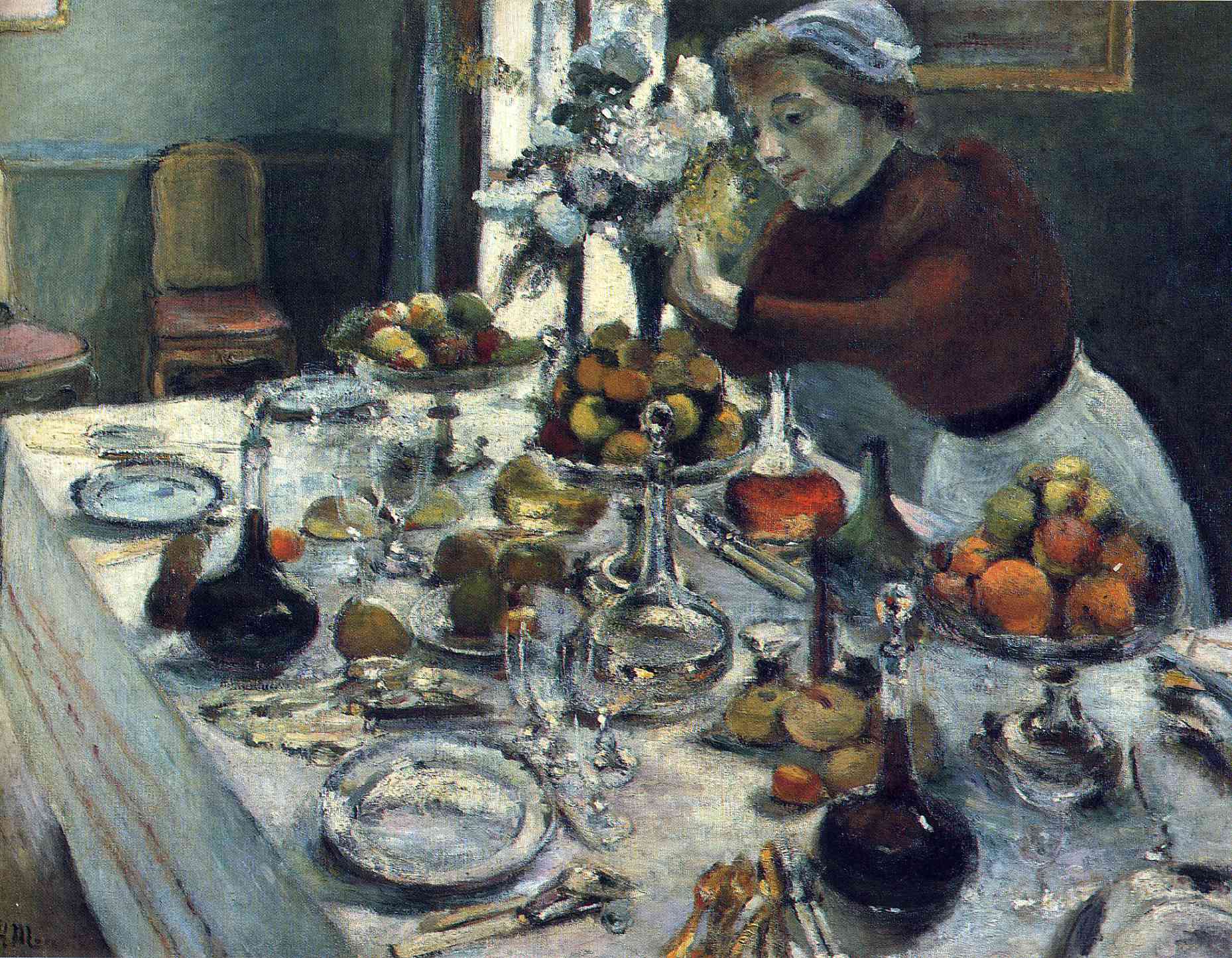 The Dinner Table
The Dinner Table
The Dinner Table was exhibited in 1897, and in 1899 Matisse began studying sculpture. Matisse developed Fauvism with pieces he produced in Collioure in the summers between 1904 and 1912, including Still Life with Geraniums and Woman with a Hat. When the Fauvist pieces were first exhibited in Paris in 1905, they caused severe reactions from the public. Additionally, Matisse shocked crowds with Joy of Life in 1906.
 Still Life with Geraniums
Still Life with Geraniums
 Woman with a Hat
Woman with a Hat
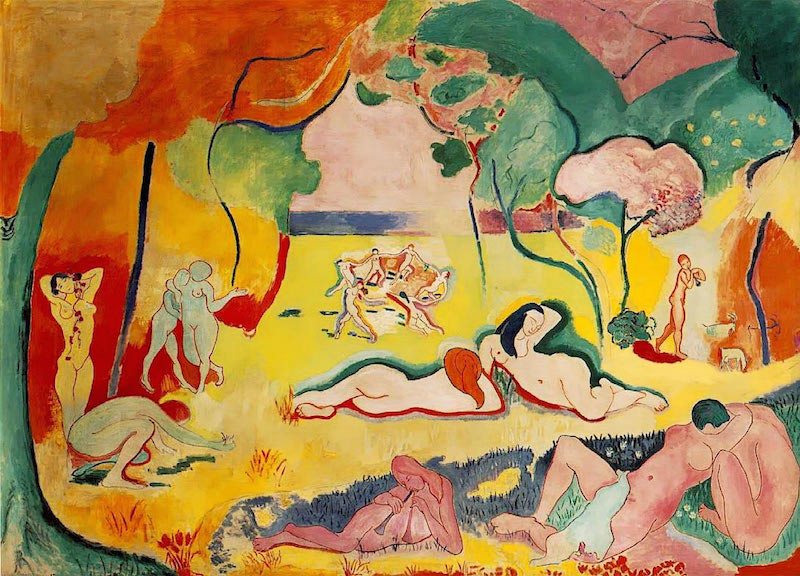 Joy of Life
Joy of Life
In 1907 Matisse enjoyed international acclaim, including positive reviews and exhibits in Berlin and New York as well as a controversy with Blue Nude. His next revolutionary works, Dance and Music, struck viewers with loose forms and fluid movement.
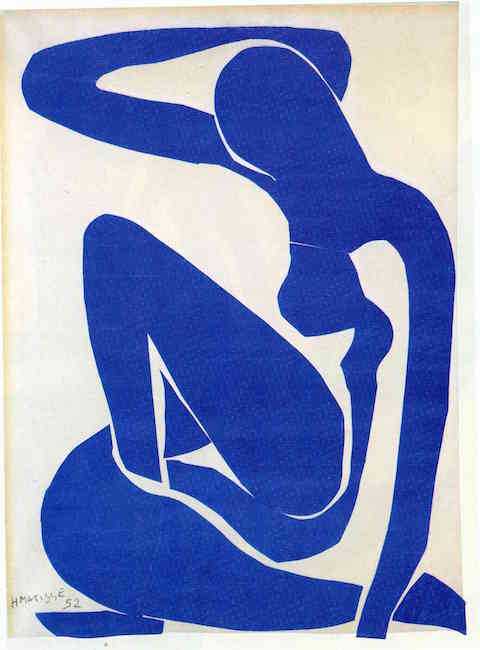 Blue Nude
Blue Nude
 Dance II
Dance II
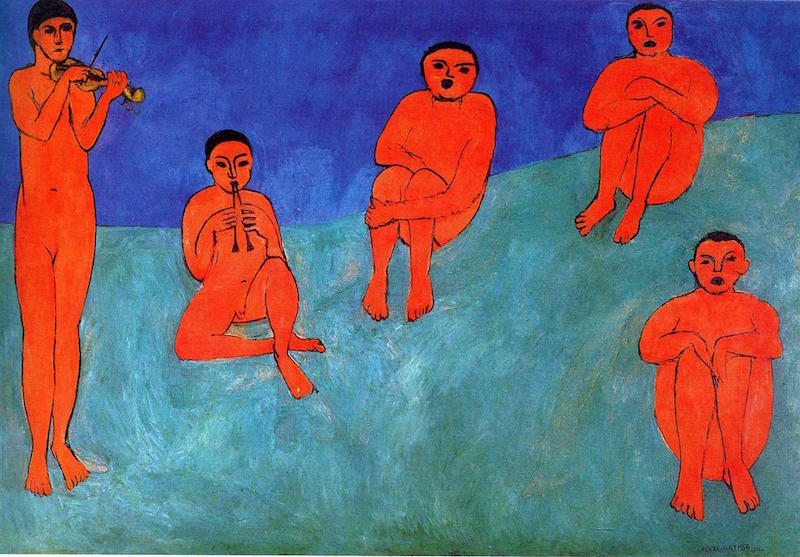 Music
Music
While some considered Matisse’s technique childish, others praised his imagination and creativity. He established a studio in Paris, where he painted until 1917 when he moved to Nice. There he spent 13 years playing with abstract light in his art. His many late works include a four-year project where he decorated the Chapelle du Rosaire de Vence. Henri Matisse died in 1954.
Share with friends

